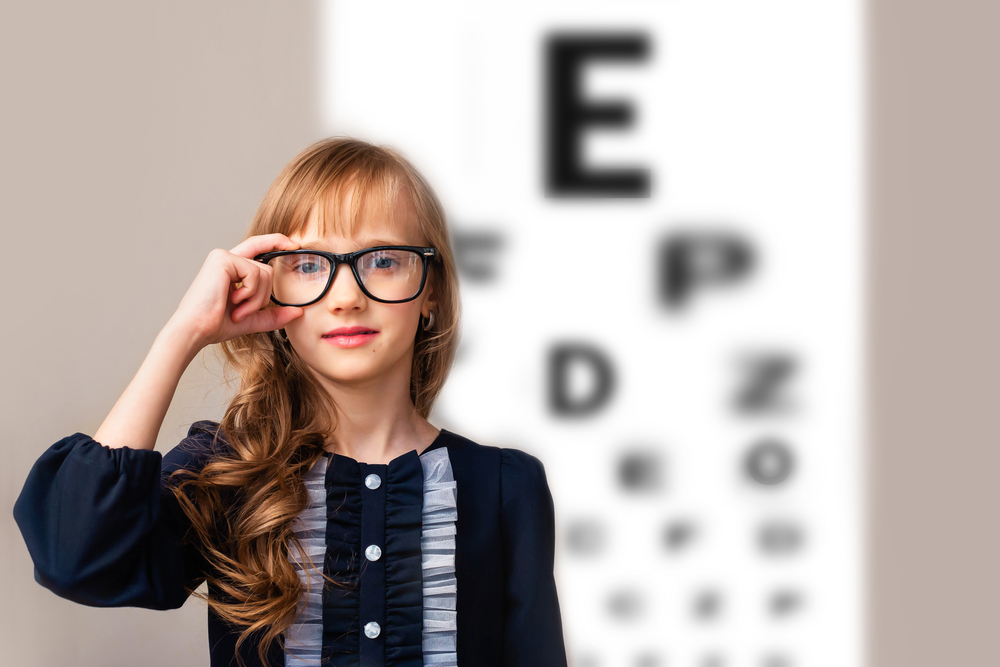
Myopia is a common vision condition that affects millions of children around the world. As a parent, it's important to understand the implications of myopia in children and the steps you can take to help manage and control it.
Understanding Myopia in Children
Myopia occurs when the eyeball is too long relative to the focusing power of the cornea and lens. This causes light rays to focus at a point in front of the retina instead of directly on its surface, resulting in blurred distance vision.
Early detection is crucial because myopia can progress rapidly during childhood, and higher levels of myopia are associated with an increased risk of serious eye conditions later in life.
To understand your child's risk, it's important to consider family history, as genetics can play a significant role in the development of myopia. Additionally, environmental factors are also significant contributors. Balancing activities that require near vision with outdoor activities, which may help delay the onset of myopia, is a practical approach to reducing risk.
Common Signs and Symptoms of Myopia in Children
Often, children themselves might not realize that their vision is impaired, as they may assume everyone sees the world the same way they do. One of the most noticeable signs is squinting when trying to focus on distant objects, such as the board in a classroom or the television. Your child might also complain of headaches or eye strain, particularly after reading or other prolonged visual tasks.
Additionally, you may notice your child sitting closer to the TV, holding books or digital devices unusually close to their eyes, or showing a lack of interest in activities that require good distance vision.
If you observe any of these signs, it's vital to schedule an eye exam with an optometrist. Regular eye exams are essential, as children's eyes can change rapidly, and updated prescriptions may be needed to keep up with these changes.
Myopia Management Techniques for Children
Myopia management for children involves various techniques that have been proven to slow the progression of myopia. These techniques typically aim to modify the way light focuses on the peripheral retina, which is believed to influence eye growth and myopia progression.
One of the primary techniques is the use of special contact lenses. These may include orthokeratology (Ortho-K) lenses worn overnight to temporarily reshape the cornea, or soft multifocal contact lenses worn during the day. Both types of lenses create a peripheral defocus, which can reduce the stimulus for the eye to grow longer.
Another technique involves the use of atropine eye drops. Low-dose atropine has been found to slow myopia progression with minimal side effects and is particularly useful for younger children who may not be suitable candidates for contact lens wear.
Specially designed multifocal glasses are another option for myopia control. These glasses have multiple lens powers that help focus light on both the central and peripheral retina, potentially reducing the progression of myopia.
It's essential to work with your optometrist to determine the most suitable myopia management technique for your child. A tailored approach based on your child's specific needs and lifestyle can yield the best outcomes.
Navigating Myopia for Your Child's Visual Health
Myopia management is not just about correcting vision in the short term; it's about laying the foundation for your child's visual health in the long run. By taking action early and choosing the right management techniques, you can help protect your child's eyesight and ensure they have the best possible vision throughout their life.
If you would like to learn more about myopia management and to gain expert advice for your child, visit Eyes of East Sacramento at our office in Sacramento, California. Please call (916) 246-8111 to schedule an appointment today.










